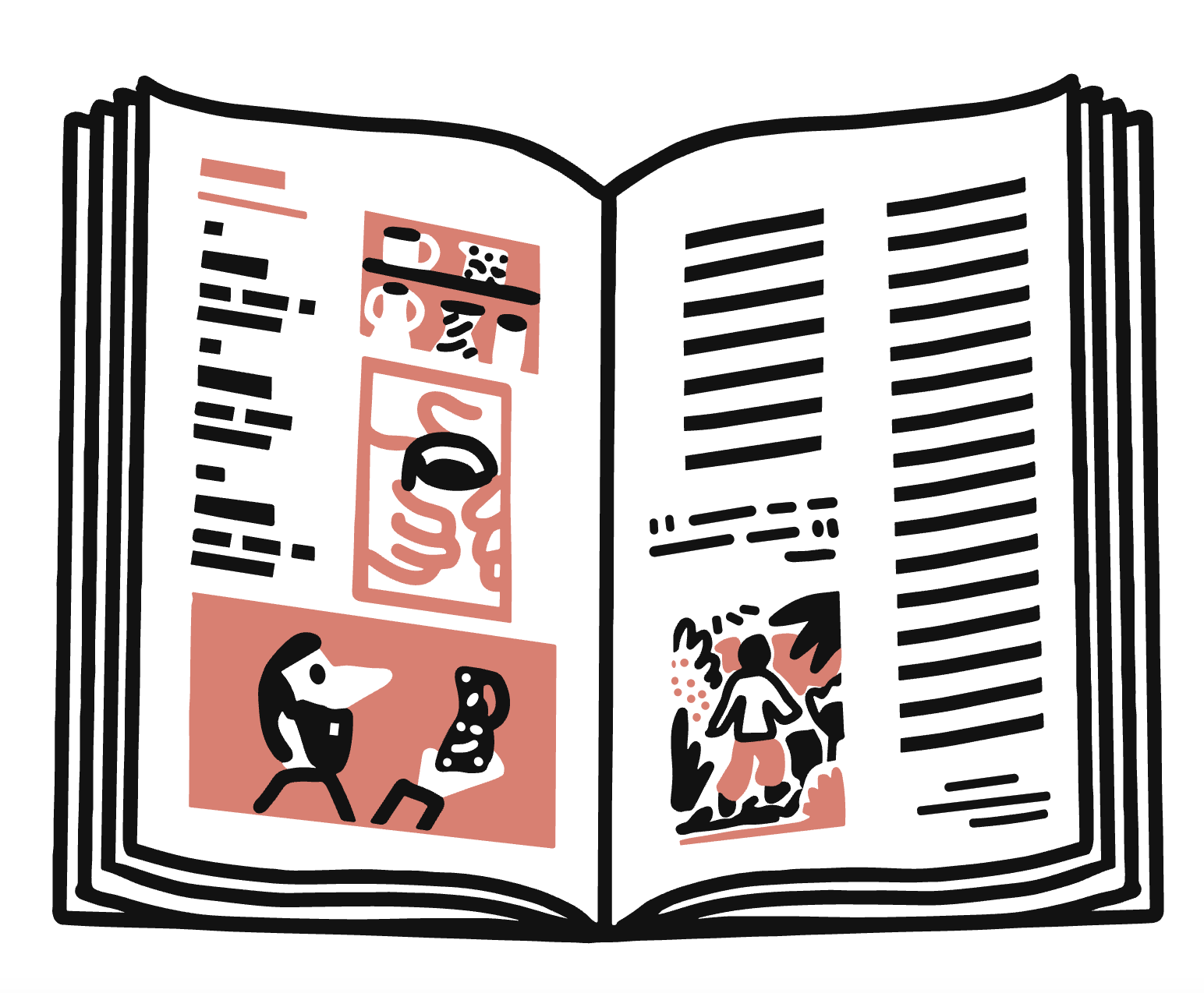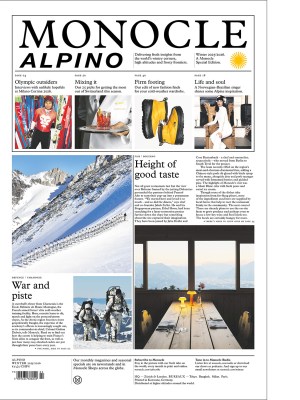Giorgio Armani’s farewell show at Milan Fashion Week
The legendary fashion designer died in September at the age of 91. Weeks later, the fashion world gathered around the catwalk to mark his passing and wonder what’s next.
This was supposed to be a period of celebration for Giorgio Armani and his brand, which turned 50 this year. Il signore Armani, as his friends and colleagues often referred to him, achieved what once seemed impossible: building a global fashion business on his own terms. He was his company’s sole shareholder and spokesperson; he signed everything off, from the merchandising of shop windows to the amount of blush on his models’ cheeks. And he resisted fashion’s fleeting trend cycles in favour of his own purist design vision: neutral colour palettes, relaxed tailoring and pared-back elegance.
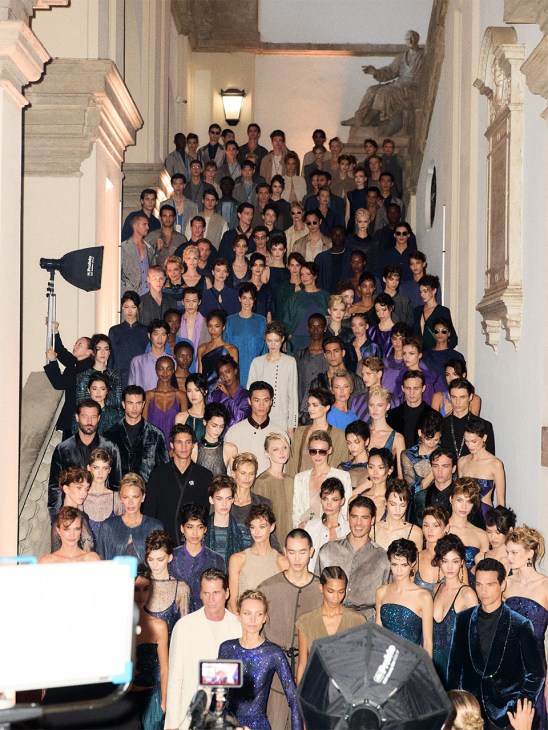
To mark the milestone, the brand began the season with the launch of Armani/Archivio during the Venice Film Festival in August. A visual archive of some of the brand’s most significant collections and advertising campaigns, it contains everything from a sketch of a woman’s suit from spring/summer 1984 to a 1998 campaign shot by Paolo Roversi and featuring Canadian actor and model Shalom Harlow. An anniversary runway show and the opening of an exhibition at the Pinacoteca di Brera – a stone’s throw from Armani’s offices and apartment – were scheduled to take place shortly afterwards, on 28 September, coinciding with the spring/summer 2026 edition of Milan Fashion Week. Three weeks before the anticipated show and exhibition opening, however, Armani’s family and colleagues announced his passing.
Even if the mood in Milan was more sombre than celebratory, the show went on – just as the 91-year-old designer, known for his unparalleled work ethic, would have wanted. You could feel it in the air the moment you approached Via Brera and saw the procession of fashion professionals heading towards the Pinacoteca, just as the sun was beginning to set as if to salute the late designer. One journalist cycled through Brera’s cobbled streets in a velvet skirt and a black tuxedo jacket. The company’s long-serving shop managers, who flew in from as far as Japan and the US, wore dapper velvet tuxes. Muses and friends came dressed in the brand’s signature evening uniform of palazzo trousers, embellished jackets and pillbox hats. There was an unspoken agreement of sorts among attendees to not only respect the event’s black-tie dress code but also to interpret it in the way that Armani would have wanted: without pomp or unnecessary excess.
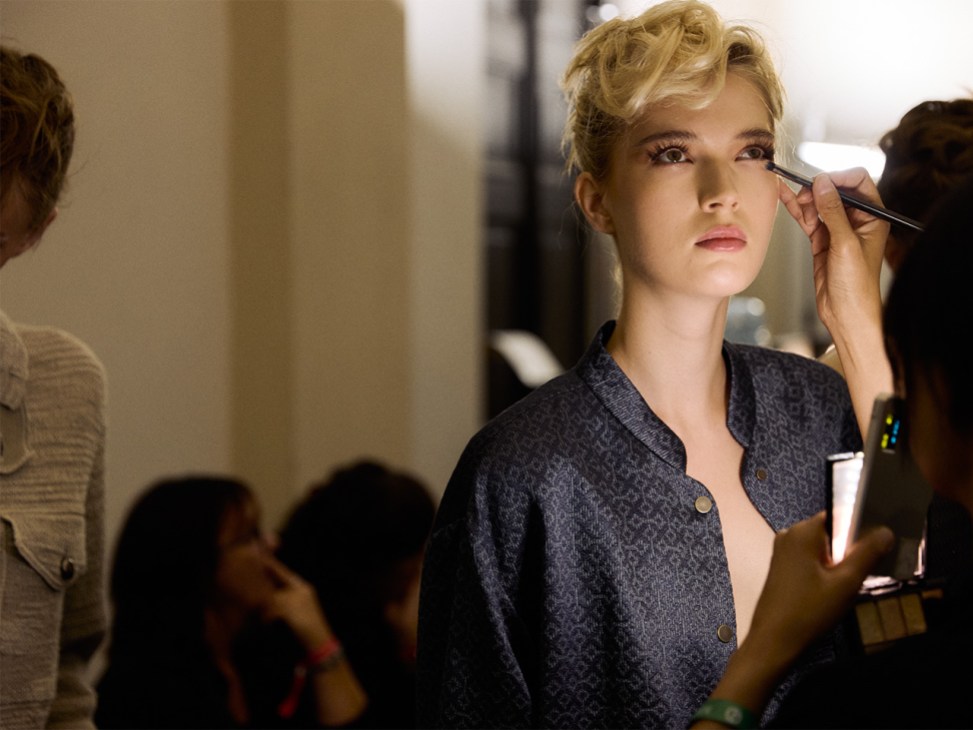
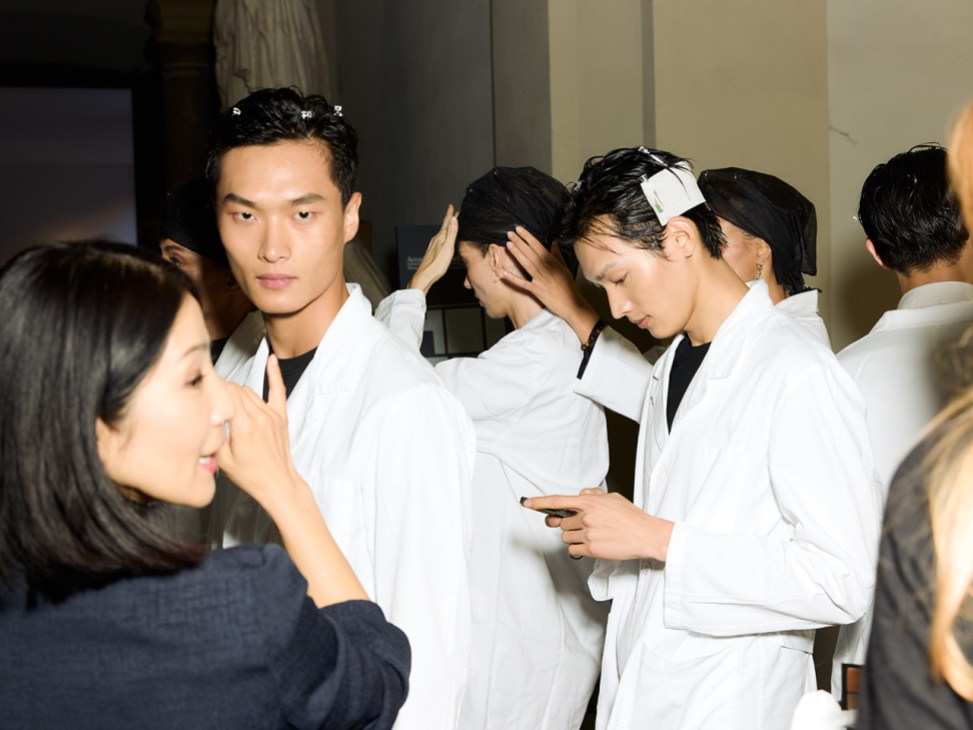
This was one of the rare occasions when the usual pandemonium that comes with large-scale fashion shows was replaced with an orderly, almost reverent atmosphere. For once, fashion editors respected the queue, marching quietly towards the show’s entrance and leaving their phones tucked away to be fully present. A sense of awe settled in the moment you entered the gallery: glowing lanterns surrounded Antonio Canova’s imposing statue of Napoleon Bonaparte in the guise of Mars the Peacemaker. Guests embraced, complimented each other’s sharp tailoring (“We scrub up well,” was overheard more than once) and spoke of the privilege of witnessing history. “It’s emotional – he really was one of a kind and he created modern fashion culture,” one fashion editor told Monocle. “It was really just him and Ralph Lauren.” Further down, fellow designers Paul Smith and Dries van Noten spoke about how much they admired his work and clarity of vision.
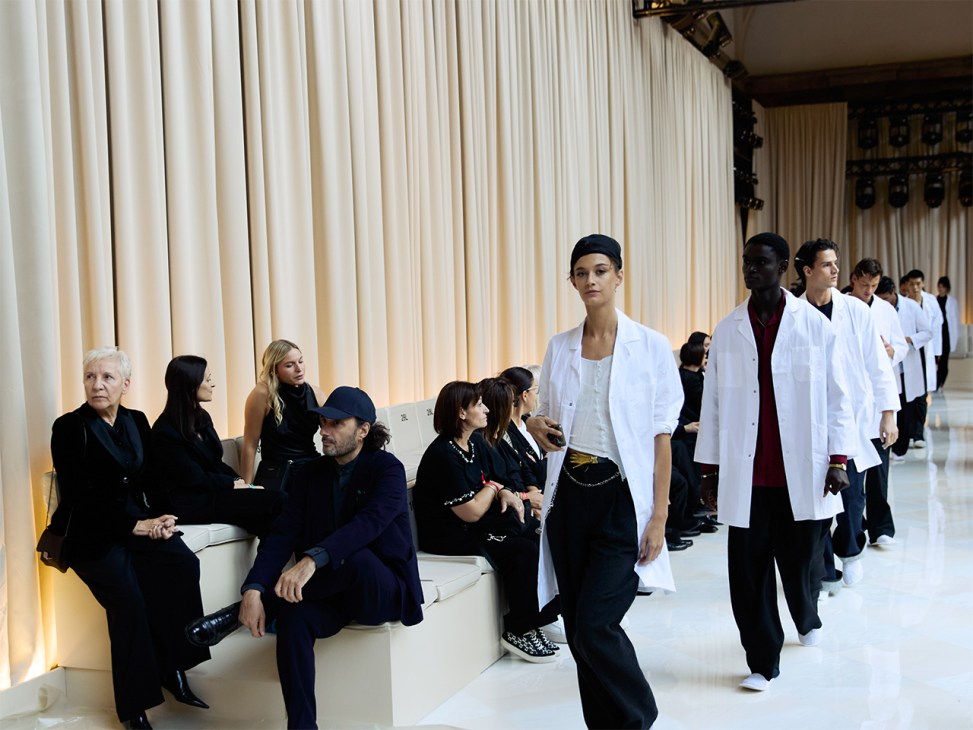
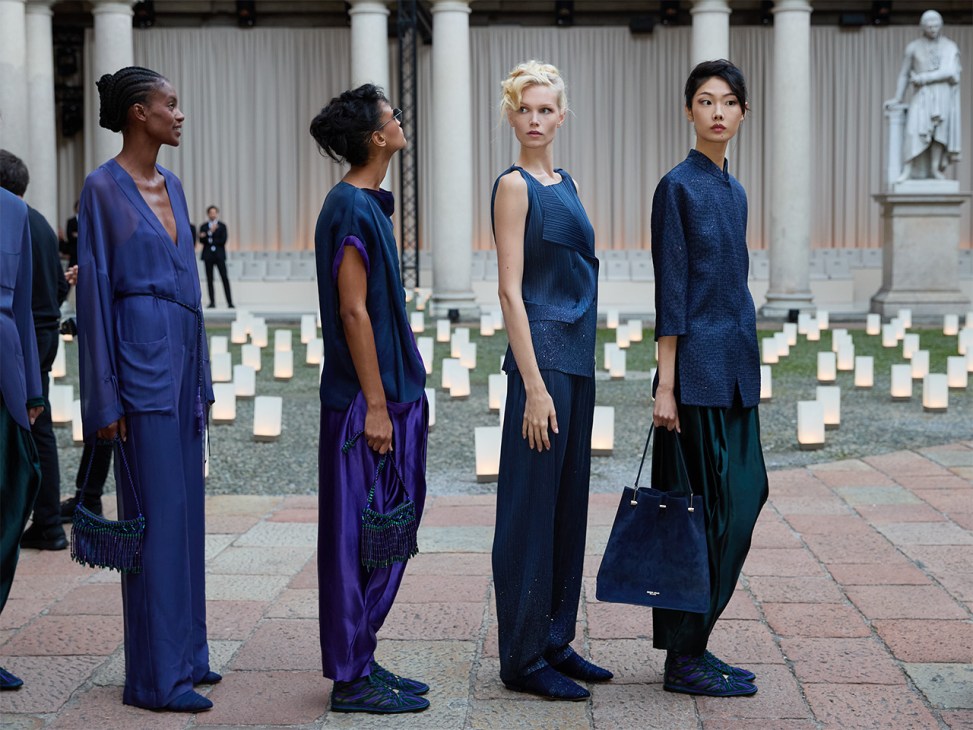
After an hour of quiet socialising, guests took their seats. From pristine white chairs placed around the cobbled courtyard, they took in Pantelleria/Milan, the last collection designed by Armani himself. He had reportedly been working on the anniversary collection through the summer, attending fittings and approving looks before going on his final summer vacation. Italian composer and pianist Ludovico Einaudi took to the stage first, followed by some of Armani’s favourite models, from Gina di Bernardo, who starred in some of his earliest ad campaigns, to Agnese Zogla, who closed the show. They mostly walked in pairs – another Armani signature – gliding through the Pinacoteca to Einaudi’s soft, emotional melody.
True to his independent spirit, the Italian designer was known for always asking his models to smile and walk at a slower pace so that his audience had time to appreciate the quality of the garments. Even when fashion favoured stern faces, loud techno and rapid walks, Armani clung to his vision of relaxed luxury. “You are young, beautiful people – you should look happy,” he told models during a fitting, captured in Julian Ozanne’s 2000 documentary Giorgio Armani: A Man for All Seasons.
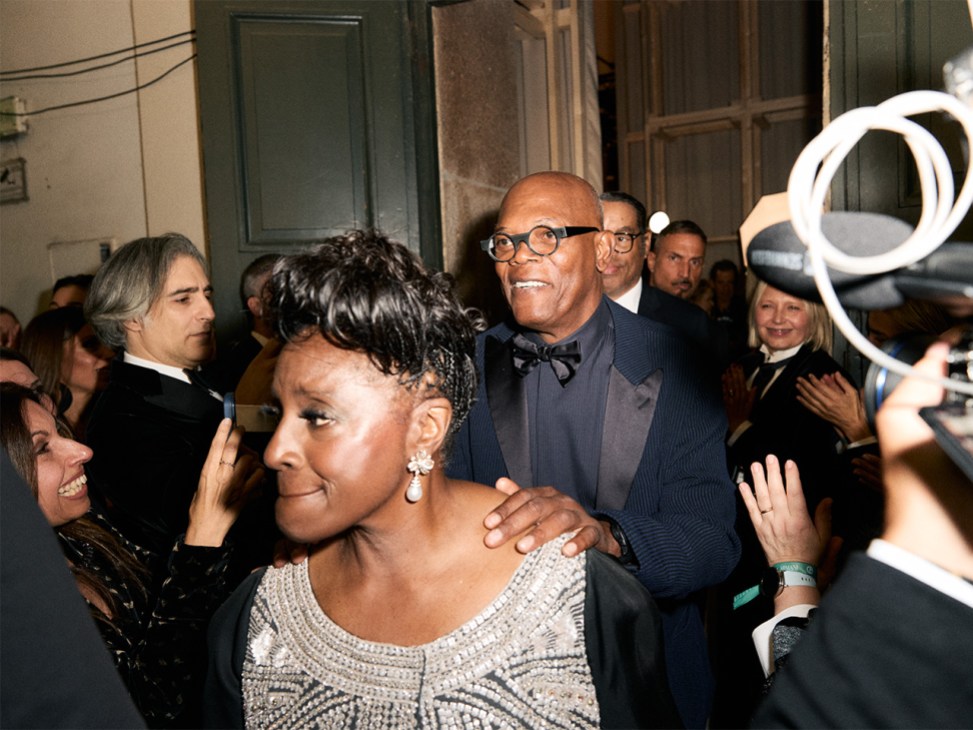
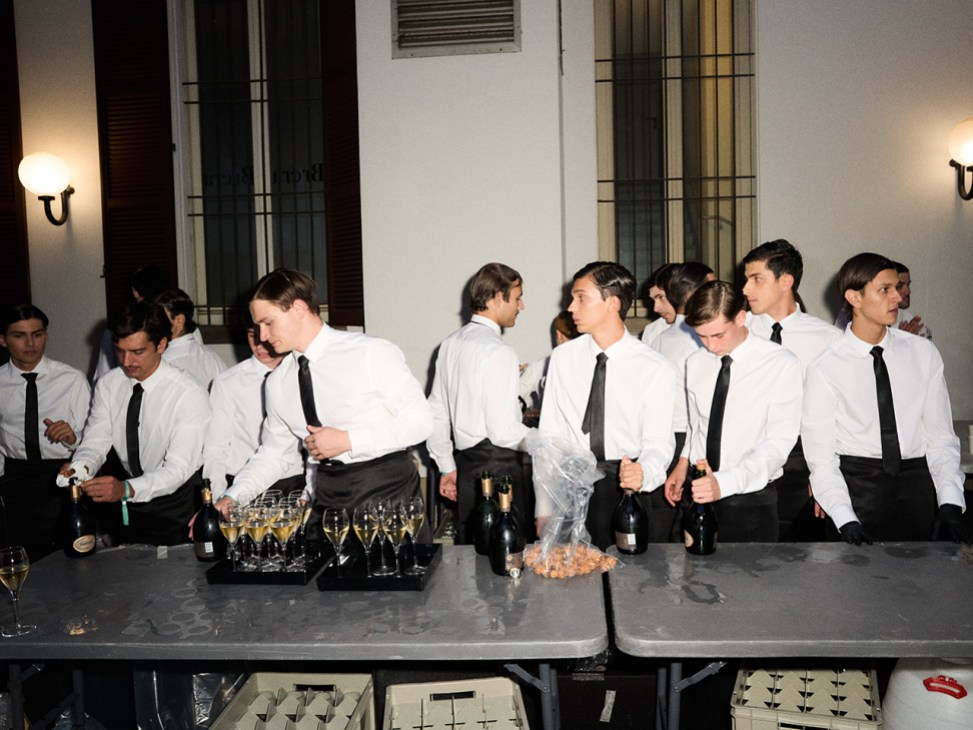
Armani knew how to paint a picture of joy and elegance. Watching his models walking down the runway with that subtle smile and a sparkle in their eyes, you didn’t just want to buy his clothes. You felt an urge to become part of his entire world too. He was among the first fashion designers to understand the importance of building an identity that extended beyond clothes, expanding his business into furniture in 2000 with the launch of Armani Casa and entering the hospitality sector a decade later with Armani-branded hotels, cafés and restaurants.
“He created environments defined by a kind of austere warmth that feels both minimal and richly textured,” says Enric Pastor, the editor in chief of interiors, art and architecture publication Manera, who in the past interviewed the designer to discuss the Armani Casa collections. “At first, the atmosphere would be almost theatrical, with the [Armani team] orchestrating every detail. But this would soon be offset by the designer himself, his warmth and his clarity of thought.”
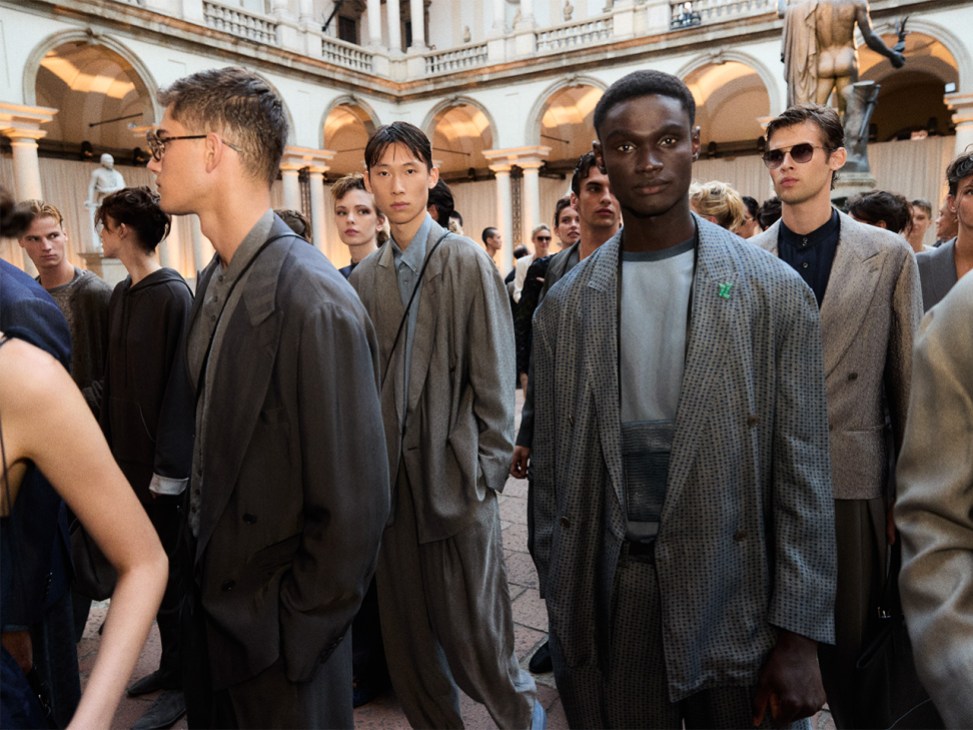
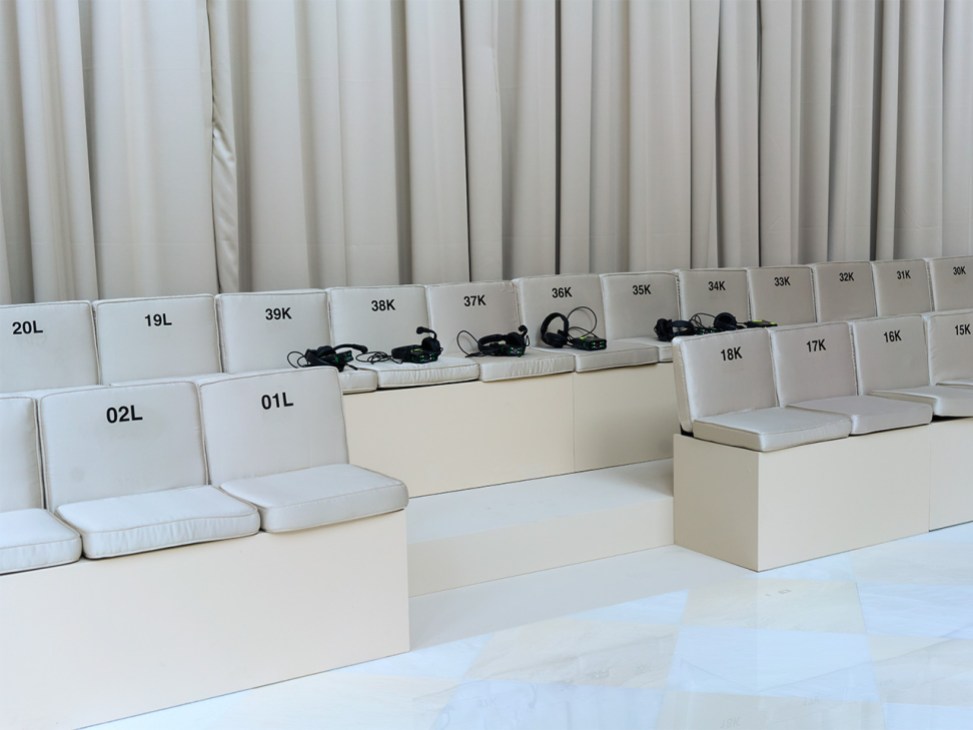
This same warmth was palpable on the runway, which paid homage to two places close to Armani’s heart: Milan, “the city of modernity and work”, and the Mediterranean island of Pantelleria, where he spent many of his summers. He was drawn to the island’s wild nature, its proximity to Europe and Africa, and the endless blue of the Mediterranean Sea. His house there, as Pastor puts it, “remains a perfect example of what Armani stood for: symmetry, restraint and refinement”.
You could immediately imagine the opening looks – linen suits, palazzo pants, smart vests in the brand’s signature “greige” hue – gliding down the vibrant streets of Brera. The more casual khaki sets that followed, accessorised with bucket hats and leather sunglasses cases strung around the models’ necks, transported you straight to Pantelleria’s rocky landscapes.
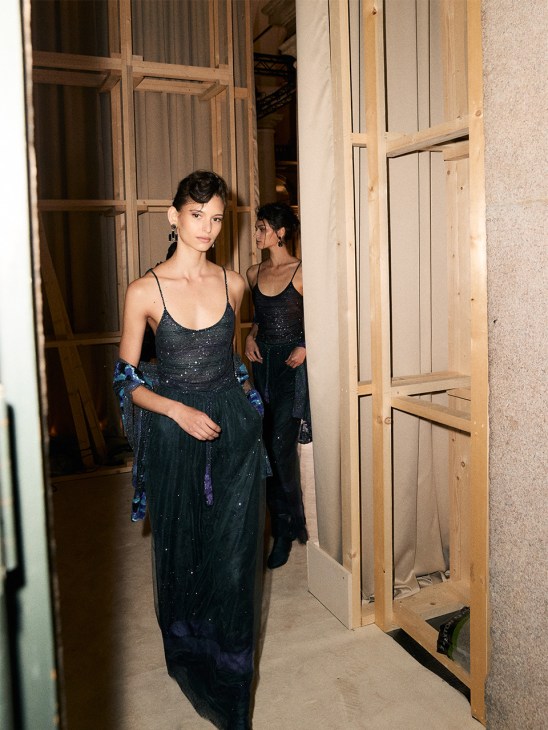
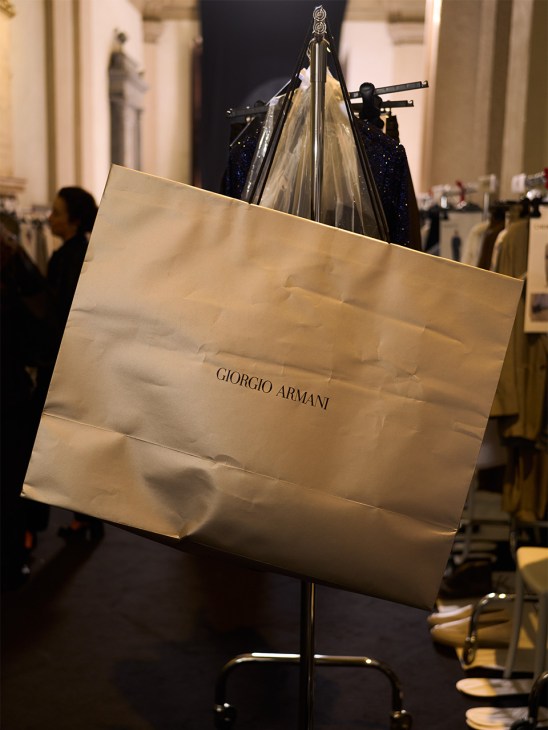
Even when the show shifted to evening wear, with beaded handbags for women, heavier jacquard suits for men and deeper, nocturnal-blue colour palettes, the same sense of lightness and ease prevailed. The word “effortless” might be overused in fashion discourse, especially at the moment. In the context of Armani and his work, however, it carries real weight. “Armani’s touch lies in this paradox,” read his team’s show notes. “A powerful stylistic statement, expressed through weightless clothes.”
The final look, a clean-lined, beaded dress bearing the portrait of a young Armani (visible only when you looked closely) perfectly encapsulated that paradox. Model Agnese Zogla received a standing ovation when she walked down the makeshift runway in the gown – as did Armani’s niece, Silvana, and his longstanding partner, Leo dell’Orco, who took a bow in matching black velvet, the look in their eyes betraying both melancholy and pride.
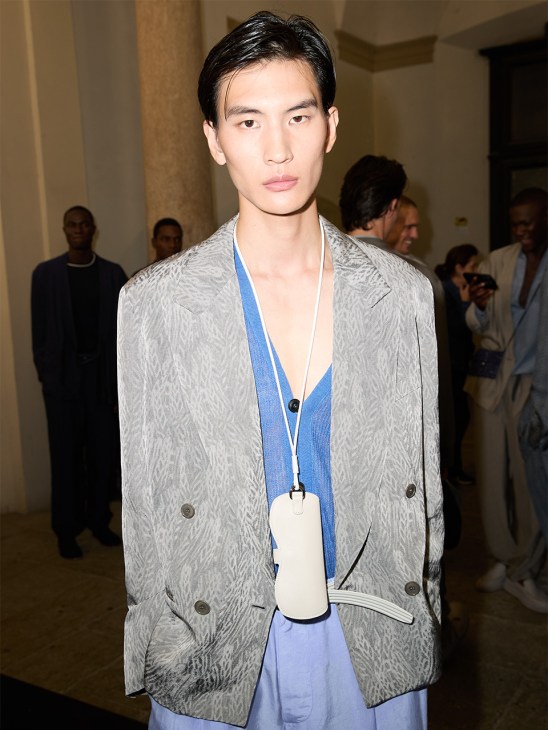
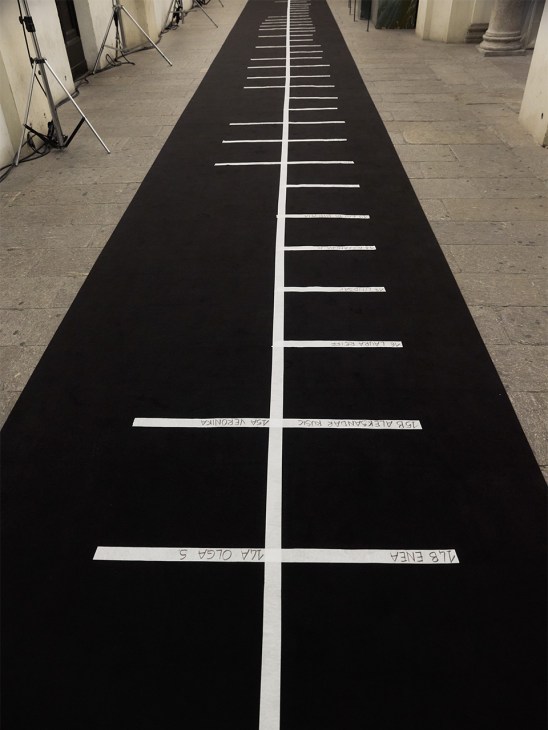
The guests were then invited upstairs to view Milano, Per Amore, an exhibition of about 120 Armani looks displayed alongside masterpieces of Italian art from the 13th to the 20th centuries. A series of pinstripe suits from the 1990s surrounded another colossal statue of Napoleon by Canova, while a group of signature greige suits for men and women sat across a painting of an “invented Orient” by Giovanni Bellini. The connection between the historic artworks and Armani’s contemporary fashion collections might not have been immediately obvious but, as the Pinacoteca’s director, Angelo Crespi, noted, Armani’s commitment to purity of form puts him among Italy’s most important artistic ambassadors. It’s also why the mayor of Milan, Giuseppe Sala, declared a day of mourning for the designer’s funeral.
“Giorgio Armani stands as one of the highest expressions of Italian creativity, manifested through the essentialness and rigour of form,” added Crespi, who said that he thought it was both “right and necessary” to pay homage to the designer in his own neighbourhood. “He is the most emblematic expression of Brera’s culture, a place where for five centuries art, research and innovation have flourished.”
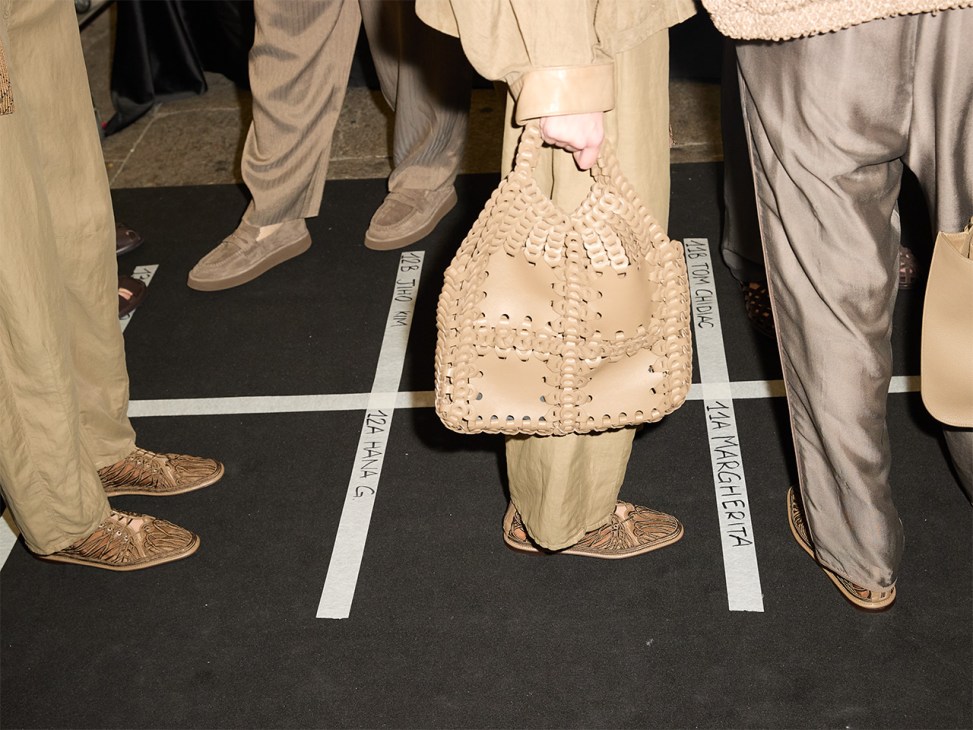
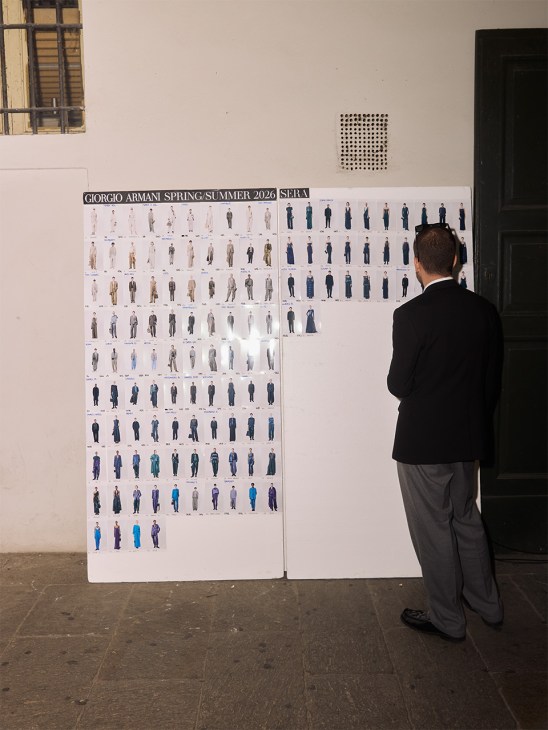
As models, editors and retailers waltzed through the gallery, glasses of champagne in hand, what had begun as a sombre farewell quickly turned into a joyous celebration of a life well lived, a moment to reflect and be inspired. “It is especially important for us to be here to salute Mr Armani because he was such a supporter of print,” said Konstantin Spachis, the fashion director of Munich’s Madame magazine. “He wanted to see his products on our pages.”
Notably, succession was not discussed – as always, Armani commanded quiet respect. His design team has been meticulously trained to continue his legacy for seasons to come but, in the near future, the search for a new creative lead will become inevitable. “I think that brands need to stay current, so a refresh [under a new designer] would benefit the company,” says Luca Solca, a managing director at private wealth-management firm Bernstein, adding that a new leader could also modernise the company’s sub-brands and its approach to wholesale.
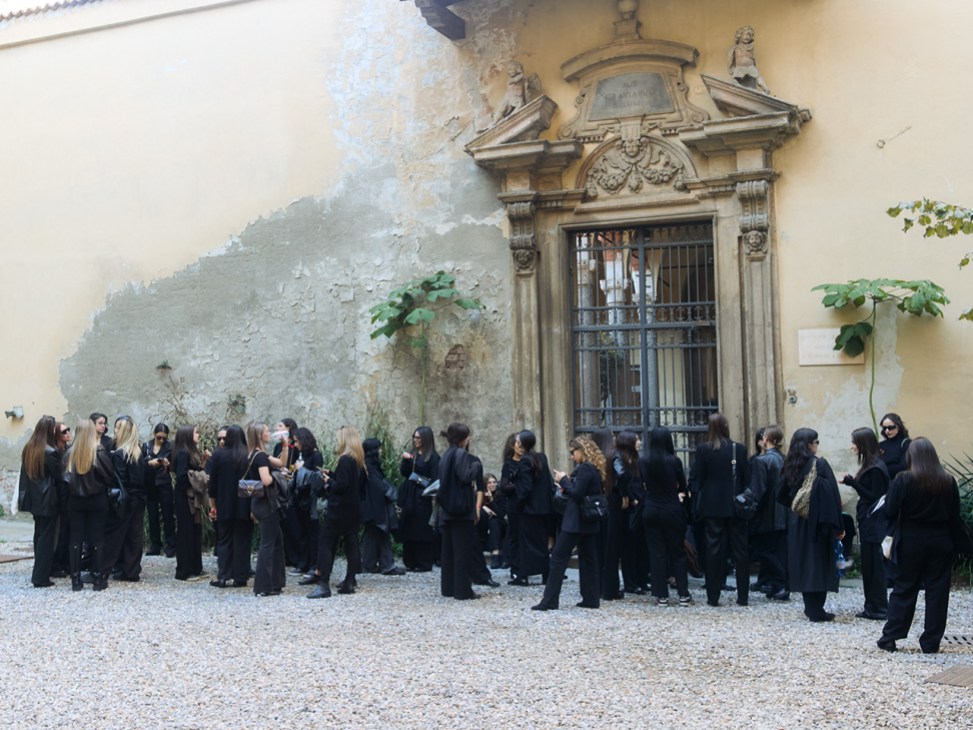
Armani left little to chance in business matters. His will instructs his heirs to begin selling the €2bn company within 18 months of his passing, giving priority to heavy-weights such as LVMH, L’Oréal or EssilorLuxottica. “This confirms – if it wasn’t clear already – that Armani had no interest in building a mythical Italian luxury conglomerate,” says Solca. “He just wanted to stay independent for as long as he was running the show.”
And while bidding wars might already be brewing, that Sunday evening in Milan wasn’t about the Armani business or its future. It was about Giorgio Armani, the man – and the power of consistency, refinement and obsession with detail. By insisting on those values, he created a universal design language, a new way of getting dressed. Just as Coco Chanel freed women from corsets, Armani will long be remembered as the “King of the Blazer”, the man who loosened up tailoring for the modern world.
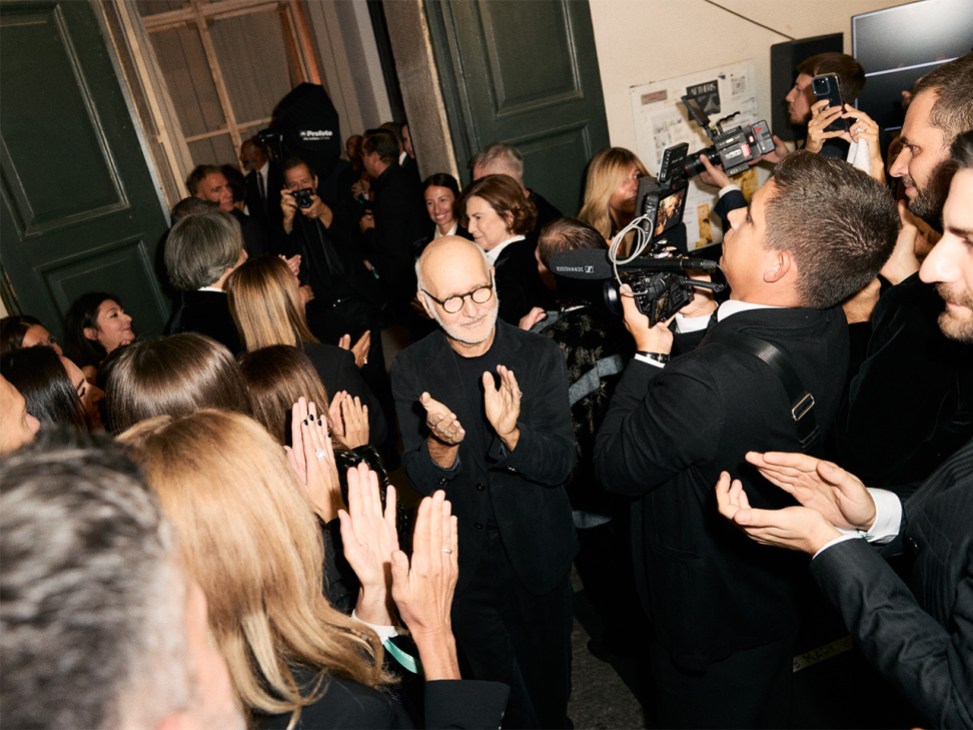
By about midnight, the candles in the courtyard of the Pinacoteca had dimmed and the Steinway piano was packed away. By January, the collection will return to the brand’s archive. But the Italian designer’s legend will remain etched in our memories. Whenever someone orders his favourite meatballs at the Armani restaurant on Via Manzoni, checks into the Armani Hotel next door or dons a perfectly tailored greige jacket with no shoulder pads, the Armani name will come to life.
